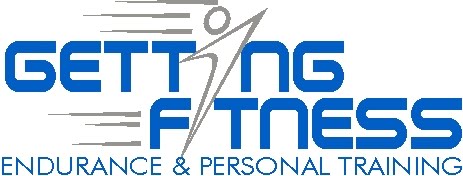I’m sure you’re like me in the sense that you’re on New Year's resolution overload. The gyms are packed, diets are in full motion, and there is optimism in everyone’s tone at the excitement of their ‘beginning’. Let’s see how long that will truly last – at the first sign of a roadblock or challenge, many resolution’s will be dropped and things will go back to the way they were. This seems to be the way it has always been; unless the approach is different. Here’s what I do for my ‘goal setting’.
1) Pick out the 5 most important things in my life
a. Family
b. GettingFitness (and business related items)
c. Training
d. 9-5 (out of necessity)
e. Personal Finance
2) Based on these 5 items, I figure out 1-2 things that I can improve or positively impact to each item to reduce stress, create happiness, etc
3) Create the ‘how’ to reach these goals on a day-to-day basis
4) If possible, set quantitative deliverables for the goals, or what you would like to accomplish as a result of the completion of the goals
For the sake of this blog, we’ll use ‘Training’ as an example:
1-2 things I can improve - Build strong endurance engine
How – get up at 5:00AM, follow training plan, and turn off the TV
Quantitative goals – 0 missed workouts each week, 7% body fat at 160 lbs, race-specific goals that I’ll set based on benchmark pre-season tests.
This approach is easy because:
- You identify the most important things in your life
- Set 1-2 things per item to improve so it’s not overwhelming
- Break it down so you can work toward that goal everyday
- Set quantitative(measurable) goals to keep you on track
Now, be sure to post your list up where you can see it every day, share it with your loved ones, and write your day to days ‘Hows’ on an index card and carry it with you to consistently remind yourself what is important to you and how you will accomplish it today.

